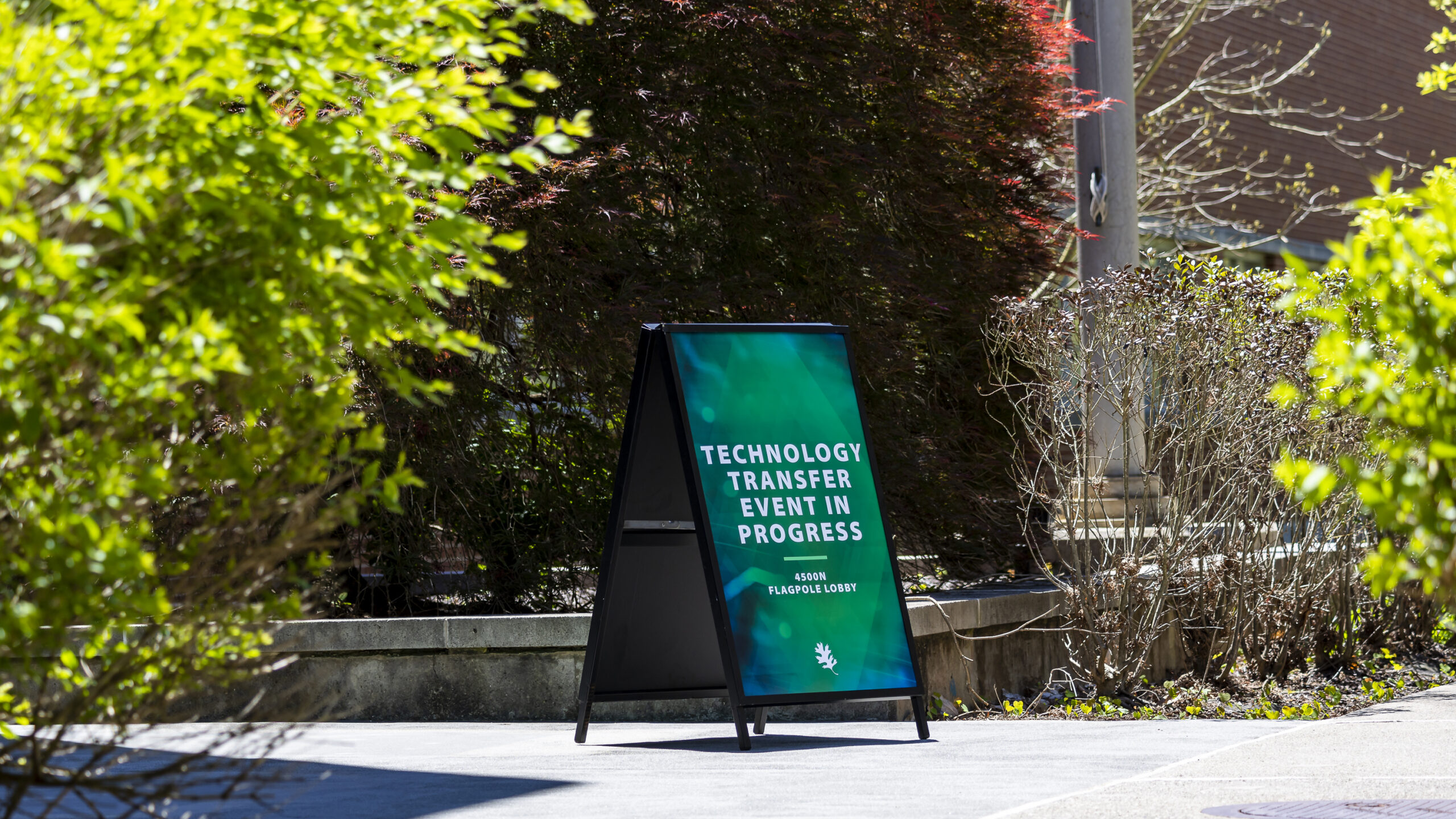

A method using augmented reality to create accurate visual representations of ionizing radiation, developed at the Department of Energy’s Oak Ridge National Laboratory, has been licensed by Teletrix, a firm that creates advanced simulation tools to train the nation’s radiation control workforce.
Ionizing radiation — which is linked to cancer and other health problems — has enough energy to knock electrons off of atoms or molecules, creating ions. Occupational exposure is a common occurrence for many radiological workers, so any method of decreasing exposure helps to limit overall negative effects and increase worker safety.
“In the 1940s, ORNL made pioneering contributions across numerous scientific fields, including radiation protection,” said Susan Hubbard, ORNL deputy for science and technology. “In our 80th year as an institution, we continue to provide leadership in this area. This technology will allow radiological workers to better understand the environments they work in, enabling a safer and more informed workforce.”
At ORNL, the licensed methods were originally used to create the virtual interaction with physics-enhanced reality, or VIPER, application. Using simulated radiation data implemented in a gaming platform, the technology divides a physical space into cubes, each representing a volumetric value of ionizing radiation by dose. A 3D interpolation of these values is then used to create an image of gradient contours that are overlaid on a real-world view through an augmented reality, or AR, headset. As a trainee moves through the space, navigating around the contours, the device calculates real-time, yet simulated, exposure based on the user’s behavior.
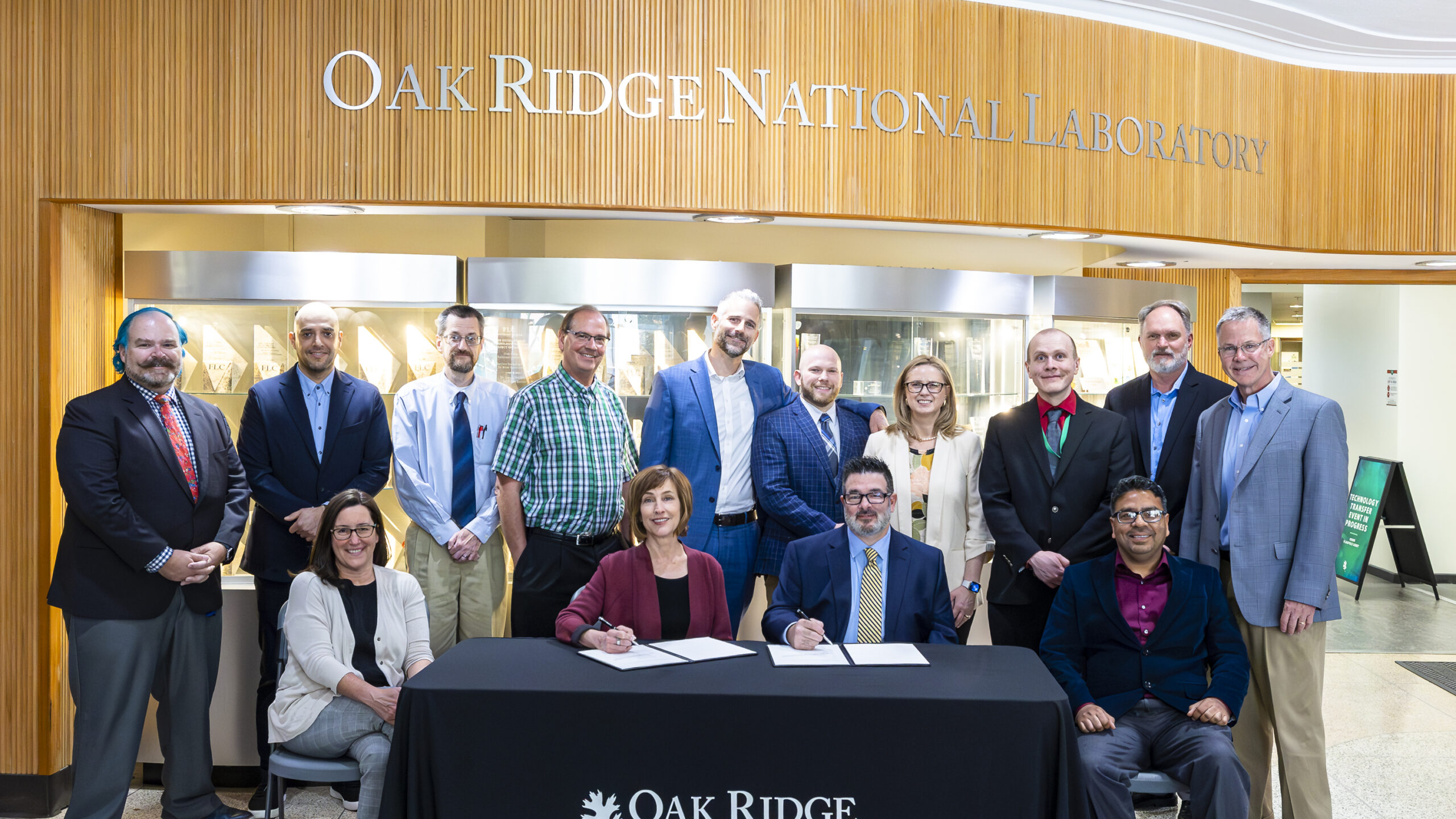
“We combined physics-based data with a gaming interface that provides a visual platform to make something invisible look and feel real — we took science and cinematography and brought them together,” said ORNL’s Michael Smith.
In addition to Smith, the development team includes ORNL’s Noel Nelson and Douglas Peplow, all of the Nuclear Energy and Fuel Cycle Division; and former ORNL researchers M. Scott Greenwood and Nicholas Thompson. Significant support came from the Nuclear and Radiological Protection Division. The technology began as an exploratory, one-year seed project funded under ORNL’s Lab Directed Research and Development program.
“When it comes to training with ionizing radiation, augmented reality is a superior and safer solution,” Smith said. “Our team was at the right place at the right time to develop this technology. There was a synergy of hardware and software maturity coupled with an idea that’s been around a long time — the need to see ionizing radiation.”
Teletrix’s simulators for radiological and gas detection training are widely used by utilities, emergency response organizations and government agencies. ORNL has been a longtime customer of the Pittsburgh, Pennsylvania-based small business, which also manufactures its own products.
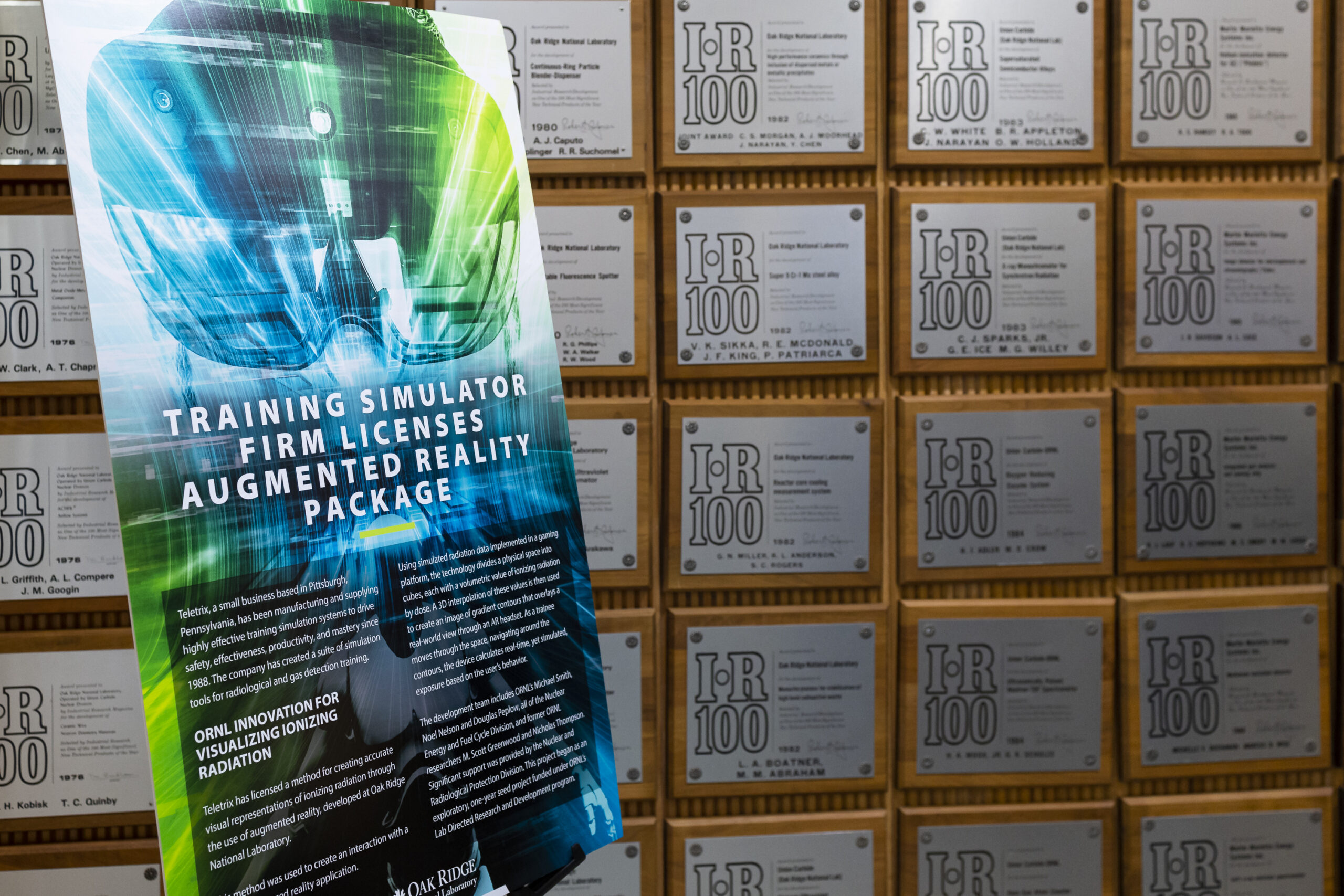
“Our company is solely dedicated to improving radiation training — our tagline is ‘Prepare Through Simulation’ — and making that training more realistic,” said Jason O’Connell, sales and business development manager for Teletrix. “We're always looking to innovate training, so we make a lot of new products.”
One of Teletrix’s products is VIZRAD, a virtual reality software system that simulates contamination on individuals and workspaces. VIZRAD trains a user to properly scan someone with a detector and provides objective feedback on technique.
“When I put the AR glasses on, it was obvious that ORNL’s technology and Teletrix’s tools were a great fit,” O’Connell said. “Through the headset and the AR technology, we have the ability to track a person’s exact location within a room and inject source information into the room. It really raises the bar on the precision of the training we can deliver.
“Having much more realistic readings on your instruments leads to better-prepared employees, better prepared trainees, fewer incidents — this technology will help make people in this industry safer.”
Additionally, lowering exposure to ionizing radiation also provides cost benefits to companies, he said. Smith said the development team envisioned three applications for the ORNL technology, including:
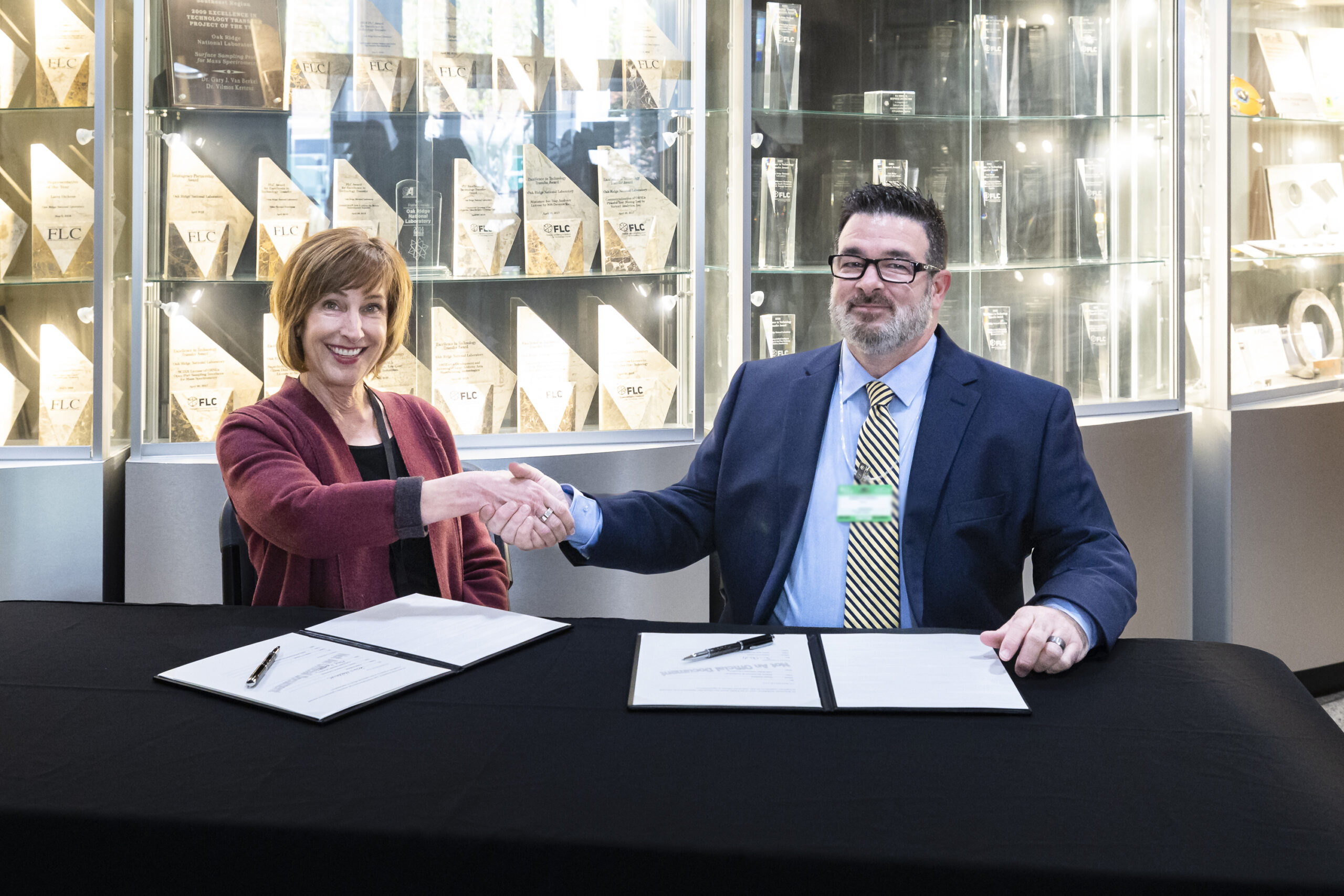
Radiological survey — For routine radiological surveys by a radiological control technician, or RCT, when the radiation source location is known. This experience is designed to simulate real-time detector measurements for personnel regularly engaged in radiation surveys. Data from actual occupational use of these methods could be readily cataloged, analyzed, referenced and confirmed for personnel performance accuracy and quality control.
Radiation source search — For cases in which the radiation source location is unknown. The demonstration simulates the ability to take real-time detector data in a given location and use that data to map the path of personnel moving about the room. This experience highlights the benefits of rapidly communicating visual and spatial radiation data not only to individuals, but to groups of radiological personnel in search of an unknown radiation source.
Radiological workflow — For radiological workers who are in similar radiation environments daily yet may have a limited knowledge of the true spatial implications of the hazards. This experience is designed to highlight the benefits radiological workers gain by training with knowledge of the spatial and volumetric characteristics of radiation in a day-to-day working environment.
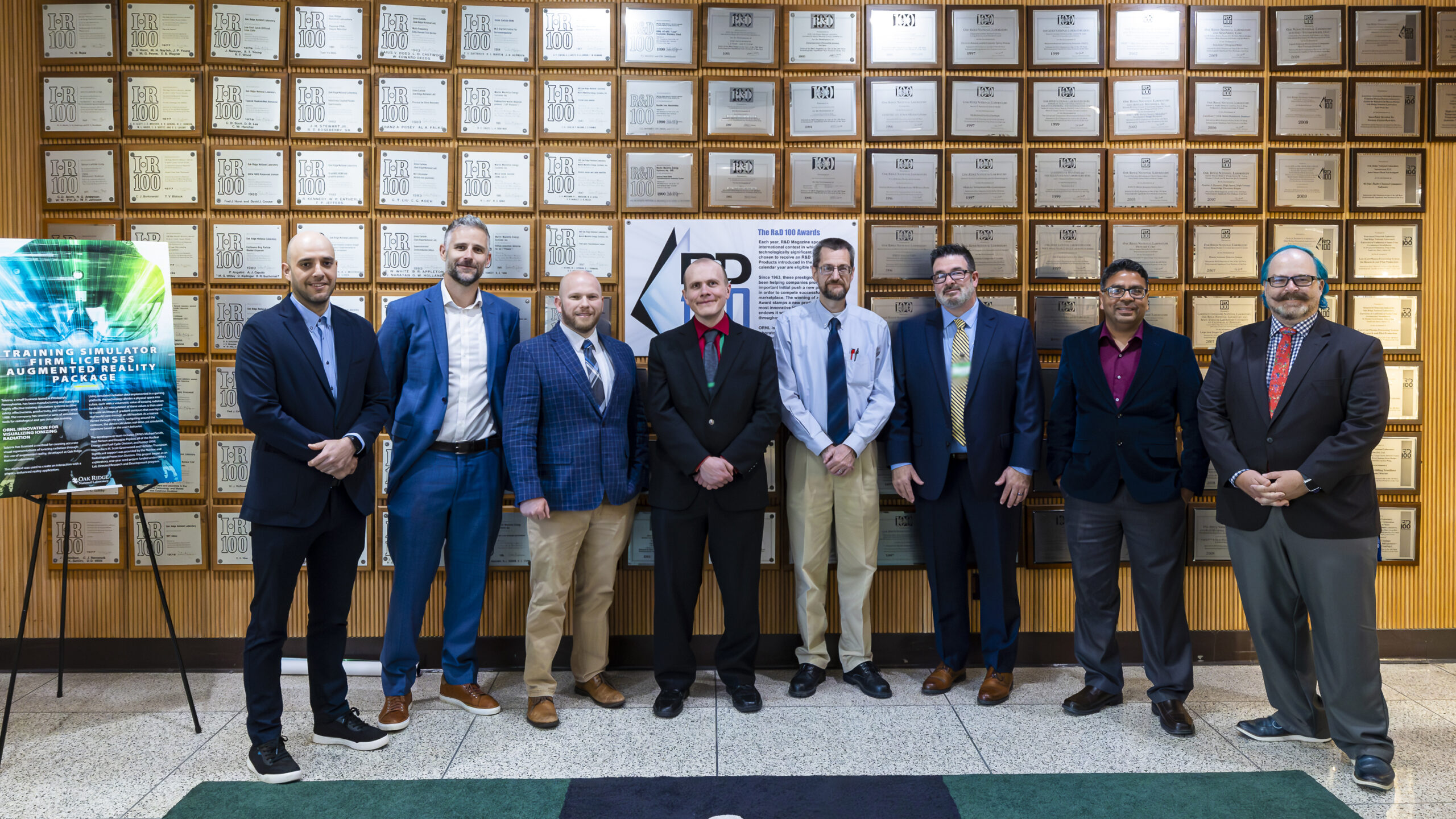
“Just by having a general impression of the spatial relationship of your body in a given radiation environment, you can decrease your overall dose based on really fundamental behavioral changes,” Smith said. “We can't see ionizing radiation, so you just walk right through it. But once you have seen what the radiation in your working environment looks like, you can't unsee it. AR provides a means to train people to have a better visceral understanding of how ionizing radiation behaves.”
Performance data collected from about 40 participants supports this hypothesis by showing statistically significant behavioral changes after minimal training with AR representations of radiation fields.
Additionally, the method of coupling AR technologies with accurate radiation measurements has been demonstrated and experimentally validated in a study using cesium-137 in ORNL’s Nuclear Radiation Protection Division demonstration facility.
